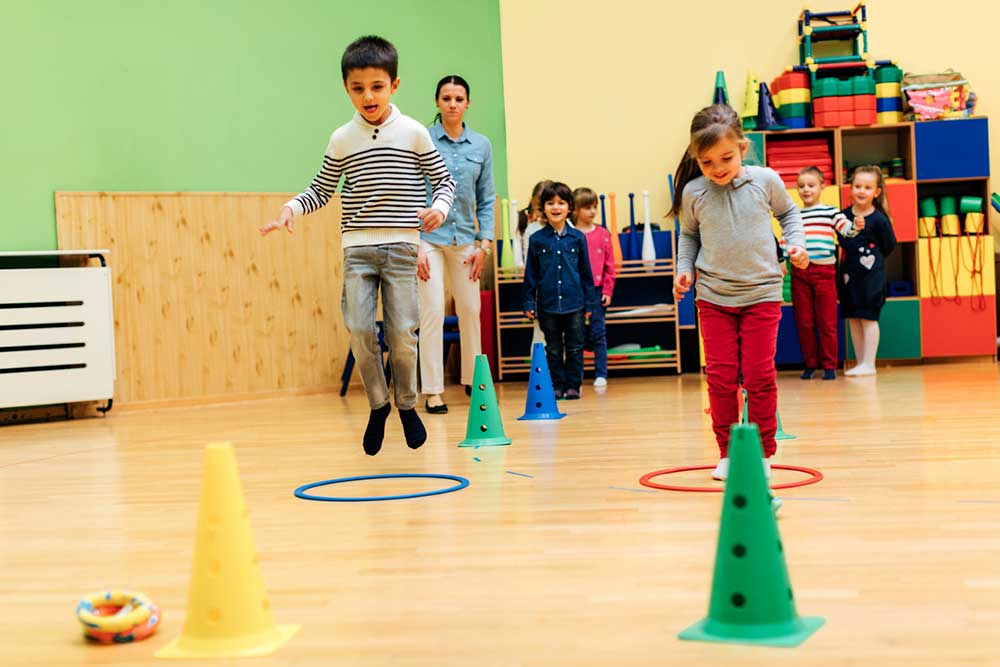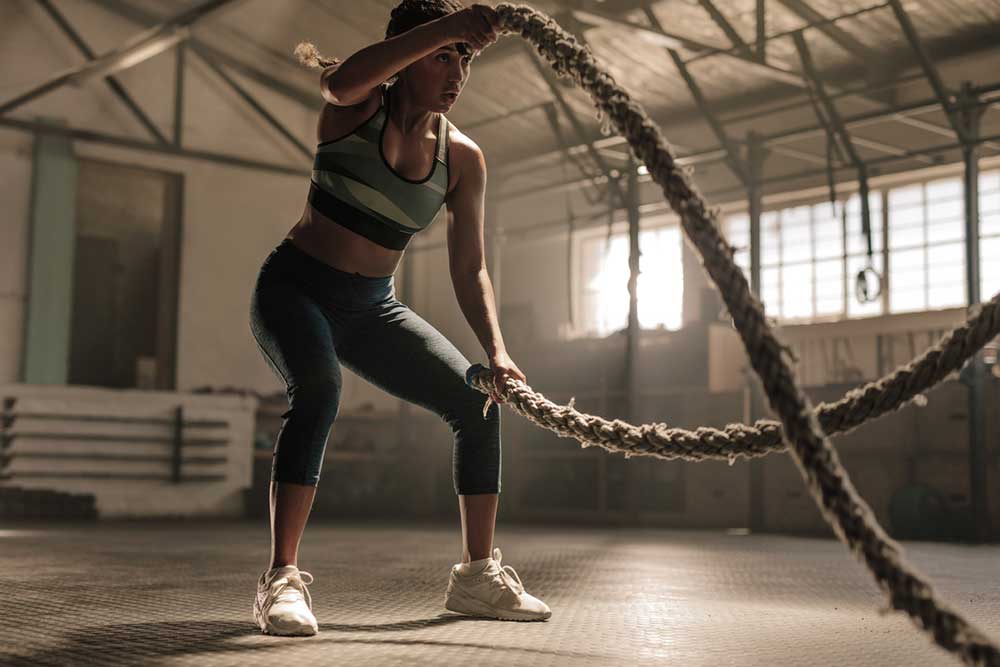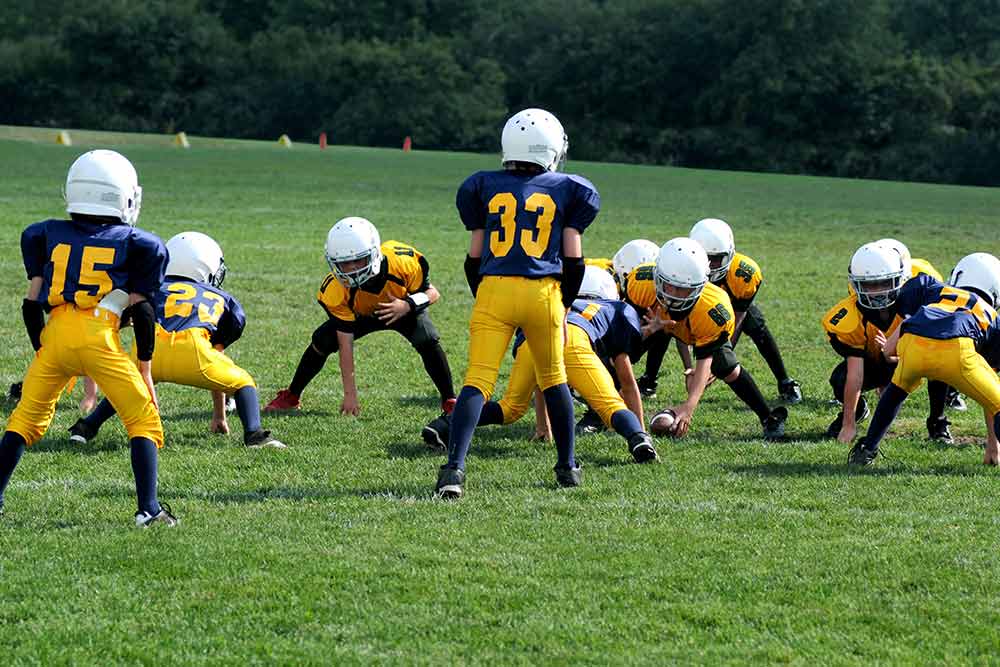FUNtervals – Exercise Intervals For Children

Catherine O’Brien
High Intensity Intervals: The key to a focused classroom?
 This month I have been focusing on the effects of physical exercise on academic performance in school-age children. Research has demonstrated that levels of fitness are positively correlated with academic performance and research done by Fedewa et al. showed the positive effects of integrated physical exercise on performance in mathematics.
This month I have been focusing on the effects of physical exercise on academic performance in school-age children. Research has demonstrated that levels of fitness are positively correlated with academic performance and research done by Fedewa et al. showed the positive effects of integrated physical exercise on performance in mathematics.
For the next two articles, I decided to investigate studies that utilized acute bouts of exercise as the intervention. My reasoning for this is twofold.
First, research has shown that, like extended aerobic exercise, acute bouts of exercise can produce beneficial outcomes related to memory and cognition.
Secondly, high-intensity intervals can be done more quickly and take up less learning time. While 30-minutes of aerobic exercise is desirable, educators who are adhering to demanding curricula likely do not have the time to allocate to extended physical exercise. Enter FUNtervals.
FUNtervals
Research done by Ma, Mare, and Gurd (2016) utilized mid-day, short, high-intensity interventions, which they called FUNtervals.
The aim of the study was to examine the effects of these intervals on attention in students in grades 3-5. In line with findings of previous research, the present researchers hypothesized that students who engaged in the high-intensity activity would demonstrate better selective attention compared to students who did not engage in the interval training. Furthermore, they predicted that this effect would be particularly present in students who demonstrated high levels of off-task behavior.
For the purpose of this study, the researchers utilized FUNtervals which were defined as “high-intensity interval activities that take only 4 minutes to complete…consisting of 20s of high-intensity activity separated by 10s of rest, repeated 8 times” (Ma, Mare, Gurd., p. 239).
Examples of movements included in the FUNtervals include:
-
Squats
-
Jumping jacks
-
Jumping
-
Running
-
Scissor kicks
The researchers utilized a single-group, repeated crossover design such that each of the students had days which they participated in the FUNtervals as well as days they did not participate in the FUNtervals.
In the first week, students were acquainted with the attention tests and the FUNterval activities and researchers observed and measured off-task behavior. Off-task behavior was defined as “disengagement from the learning task at hand” (p. 239). During the second and third weeks of the study, FUNterval and no-activity breaks were randomized and delivered on 2 separate days such that on one day, half the students participated in FUNtervals and the other half did not. Then in week three, the order was switched so that the participants who initially did FUNtervals first, now did them second.
Related Article: Children Weight Lifting: What You Need To Know!
The Observation Phase
Researchers identified off-task behavior using the Behavioral Observation of Students in Schools tool definitions. Each student was observed for 5 minutes each day. Researchers noted frequency and duration of off-task behavior such as fidgeting, drawing, restlessness, talking to classmates, speaking out of turn, gazing off, failing to make eye contact with speaker etc. The d2 test of attention was used to measure selective attention. The test is made up of 14 lines of 47 characters including letters “p” and “d” with “1-4 dashes arranged individually or in pairs above or below the character” (p. 240). Students were instructed to scan the characters and mark all “d”s with 2 dashes either above or below. Students were scored on how many characters he or she was able to process in 4 minutes and 40 seconds.
The Results
The results demonstrated that participation in FUNtervals led to improved selective attention in 9 – 11 year olds. This improved selective attention was demonstrated by enhanced performance on the d2 task such that students made fewer errors on the d2 task on days they completed FUNtervals. Improving attention is particularly exciting when you consider that attention is the foundation on which other types of cognitive processes rely.
These findings are relevant because they show an opportunity to efficiently and effectively improve classroom attention. The intervention takes up very little time thus making it more feasible and appealing for integration into daily classroom structure. My next article will dive deeper into some additional research that also supports the use of interval training as exercise intervention in the classroom.
Related Article: How HIIT Can Improve Cardiovascular Function
(adsbygoogle = window.adsbygoogle || []).push({});
You Might Like:
Can HIIT Improve Mental Health?
High intensity interval training (or HIIT for short) has fast become one of the most common forms of exercise on the planet. Used by athletes and regular gym goers alike, it has been applauded for...How to Incorporate HIIT in Every Workout
Over the last few years, high-intensity exercise modalities have become super popular. Think about the rise of CrossFit or even the creation of Orange Theory. Both of these workouts are incredibly popular, and both incredibly...The Effects of Sleep Quality and HIIT
Moji Kaviani Quality of sleep appears to be positively associated with both physical and psychological health (Halson, 2016; Lastella et al., 2012). Therefore, numerous studies examined the relationship between physical activity and sleep suggesting that...What is a High-Intensity Interval Training (HIIT) Workout Anyway?
Evan Stevens High-Intensity Interval Training (HIIT) is a huge ‘hit’ with exercise researchers and the general population alike. It is less time consuming and can imbue the same if not more benefits as traditional exercises...5 High-Intensity Interval Training Mistakes Athletes Make
Alyssa Bialowas High-intensity interval training (HIIT) is one of the hottest fitness trends right now, and because of this, many people have put their own spin on it to try and make it their own....5 Ways HIIT Improves Fitness in Women
Alyssa Bialowas Research poll after research poll, male and female adults express that one of the biggest barriers they face to frequent exercise is lack of time. One common assumption is that exercise and physical...Ma, J.K., Mare, L.L., Gurd, B.J. (2015). Four minutes of in-class high intensity interval activity improves selective attention in 9- to 11-year olds. Applied Physiology, Nutrition, and Metabolism, 40: 238-244.
(adsbygoogle = window.adsbygoogle || []).push({});













